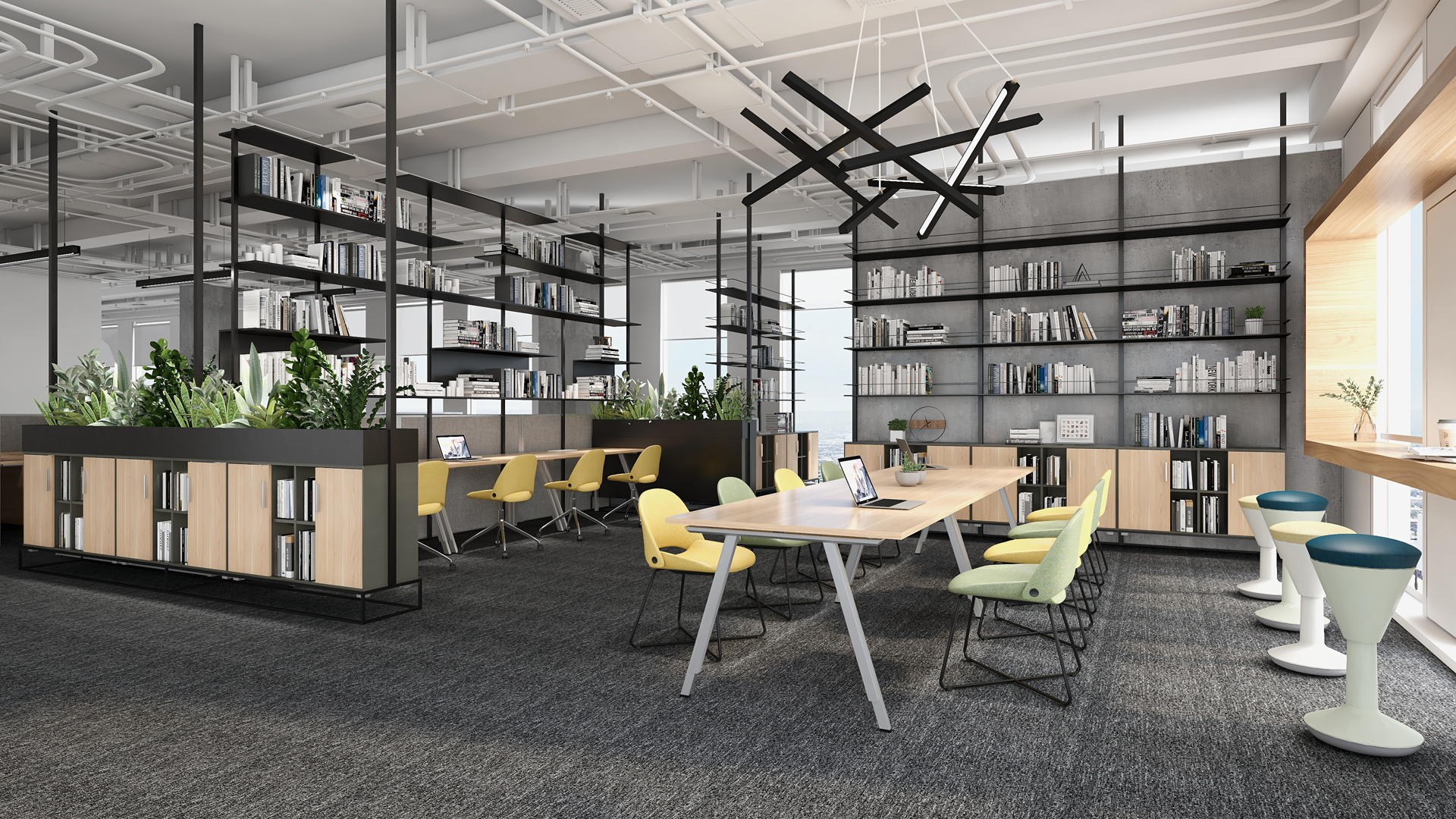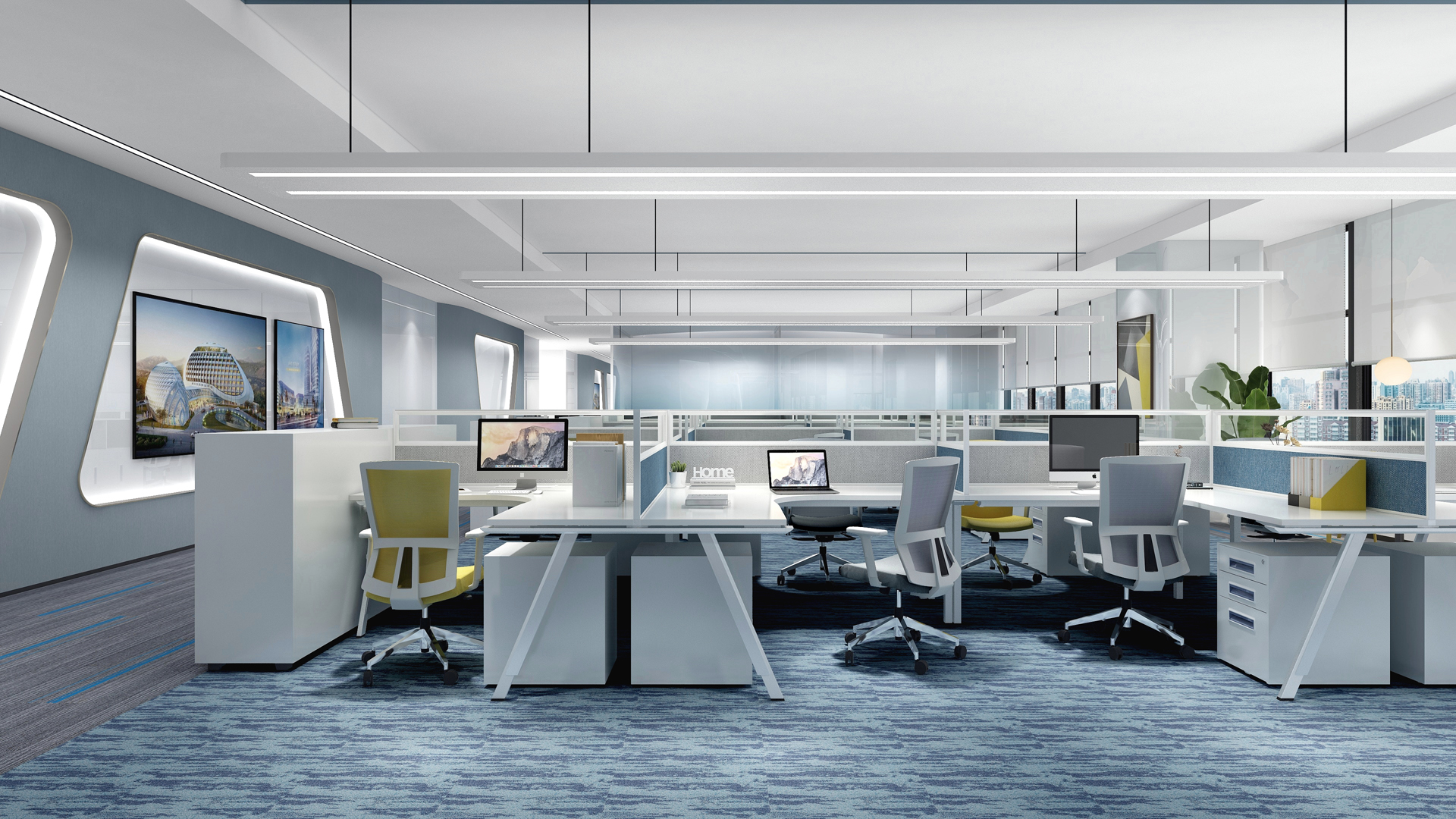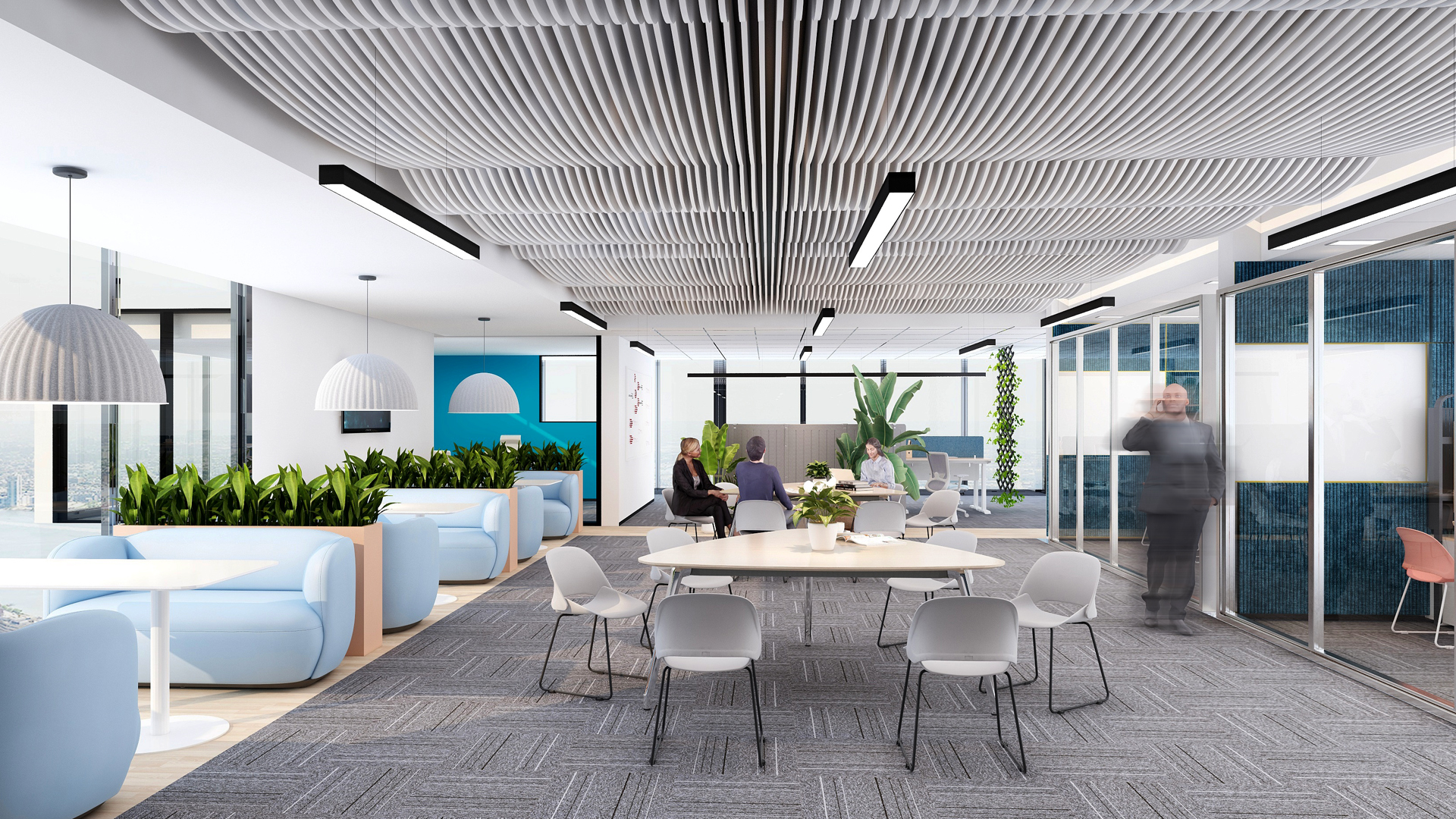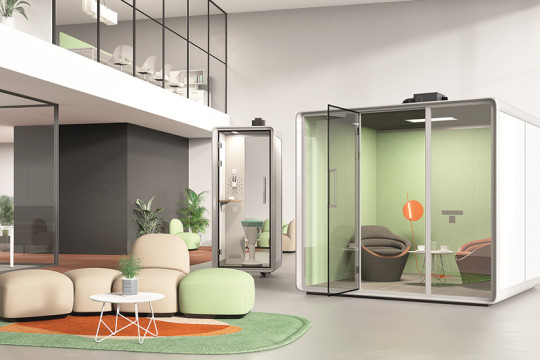Sociopetal and Sociofugal Spaces: Finding the Right Balance at the Workplace
The key to a successful workplace design is striking the proper balance. Some designers may examine a variety of ideas in an effort to enhance their design effectiveness, and one issue that is relevant to this discussion is the distinction between sociopetal and sociofugal settings. So what does this actually mean?
What are sociopetal and sociofugal spaces?
They can be easily defined as:
Sociopetal spaces - Areas that are intended to unite individuals
Sociofugal spaces – Areas that are designed to minimize the human touch
Both of these types of spatial arrangements, which were first described by British psychiatrist Humphrey Osmond in 1957, are a subset of proxemics, a field of research that examines how people use space and how that usage affects their behavior, communication, and social interactions. Sociopetal spaces are ones that frequently include "radial" and related patterns, with a focus on communication and cooperation and seating layout that are intended to face inward. Sociofugal spaces, on the other hand, are the reverse, with more "tangential" layouts that place individuals facing away from one another and are frequently intended for solitary work. While sociofugal areas are better for promoting individual productivity, sociopetal spaces are better for fostering teamwork.

Why do we need to find a balance in the office?
Designing more sociopetal spaces while discouraging sociofugal spaces may seem like a socially inclusive notion, but we really need both to operate. People act in places differently because they are complicated, loaded with various experiences and applied meanings. In a setting, an introvert will move and act differently than an extrovert. In contrast to an extreme extrovert, who may go toward the most people to make their presence known, they may opt to choose a quiet spot in a corner of the office. People must be given the option to migrate to a space that best suits their requirements. Not taking into account different spaces might potentially be pretty detrimental to people, productivity, and overall office experience.
"What kind of places would improve the experience for your employees?" is the question to start with. Let's explore workplace design elements that successfully combine sociopetal and sociofugal aspects.
Connected Cubicles
Productivity depends on having workstations that allow employees their own room to complete tasks, as well as lots of storage and areas they may customize. One popular technique is to arrange the cubicles in an "H" or "L" configuration, with the open end facing the main aisle. Because people can easily swivel around in their chairs and converse with the person in the cubicle next to them, this arrangement is sociopetal in that it promotes collaboration. However, it's also sociofugal since individuals may isolate their workspace if they need to concentrate on a particular activity.

Huddle spaces
A benefit to any business is small, quiet spaces where staff may gather to prepare for important presentations or to share ideas during brainstorming sessions. These settings encourage inspiration, attention, and concentration. Typically, huddle rooms will have both sociopetal and sociofugal components. For instance, you might set up a huge table in the middle of the space where people may sit facing one another (sociopetal), but you could also place a few separate seats around the outside of the space for those who need to concentrate on their own work (sociofugal).
Breakout spaces
The creation of inviting breakout areas inside a larger, busy environment aids in fostering pockets of quiet and promotes employees' spontaneous interaction, conversation, and gathering. These can take on a variety of forms, but they frequently include sociopetal and sociofugal characteristics, depending on how they are used. These would undoubtedly be sociopetal if they are designed for collaborative group work. However, you may also put up a few smaller individual desks or "booths" around the room's edge so that if necessary, one or two people can sit down and work individually. It would be sociofugal to do this. Create semi-private spaces where staff members may retreat to catch up on email, hole up to do some research, or recharge during a break using freestanding screens or other visual barriers.

Multi-purpose spaces
Traditional boardrooms are being replaced with more versatile activity centers in business settings. You may designate areas for various tasks, such as problem-solving and brainstorming, as well as details and debate, even inside a bigger conference room. People can cooperate around the center table if necessary, but they can also walk to the periphery if they need to concentrate on their own work. This sort of layout is beneficial since it provides maximum flexibility. The sociopetal and sociofugal areas in your office may be used in a variety of ways.


